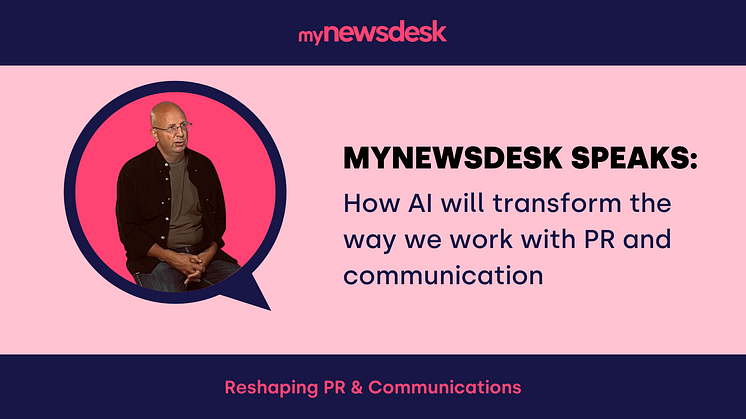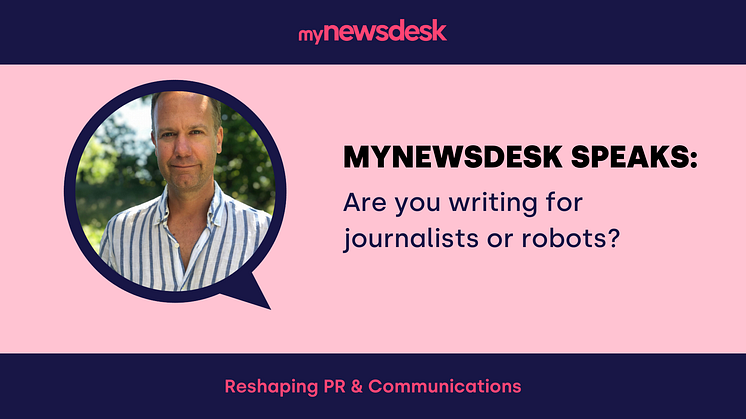
Blog post -
How AI will transform the way we work with PR and communication
[The skills press officers need in the age of AI]
Press officers in today's workplace face a number of challenges, including the need to produce more content, the proliferation of channels and formats, the need for repetitive bulk work, and the need to build relationships with the media. In addition, they must be able to navigate the world of hashtags and SEO keywords, and produce multilingual output. These challenges can be daunting, but press officers who are up to the task can find themselves in high demand.
[The Challenges Journalists Face]
One of the challenges journalists face is the need to produce more content. With the 24-hour news cycle, there is always a demand for new and fresh content. This can be a challenge when trying to identify and evaluate the factual claims of a story. Another challenge is fact checking. With the prevalence of fake news, it is important for journalists to be able to determine the veracity of a claim. Another challenge journalists face is being first. In a competitive news landscape, being the first to break a story is often essential to getting the attention of the audience. However, this can sometimes mean sacrificing accuracy for speed. Additionally, journalists are always under pressure to be original. With so much information and so many stories out there, it can be a challenge to find a new angle on a story. Finally, journalists must also interpret the intent of a press release when determining whether or not to cover a story. Oftentimes, PR reps will try to spin a story in a certain way in order to get more coverage. It is up to the journalist to determine the news value of the story and to present it in an unbiased way.
[Artificial intelligence can help writers navigate the news landscape]
The news media landscape is highly fragmented, with thousands of news outlets competing for attention. This fragmentation has been exacerbated by the rise of freelancing journalists and the death of print media. The rapid pace of publishing has also changed the news landscape, with news values changing and a more highly automated and tech-based approach to publishing.
[How AI Can Help You Write Better Press Releases]
If you're a press officer who is responsible for writing and distributing press releases, you know that it can be a time-consuming and tedious task. But what if there were a way to use AI to help you be more productive at work?
With AI-assisted writing, you could create press release templates that would make it quicker and easier to write bulk releases. AI could also help you distil the most important information from a press release, and suggest headlines that would be more effective. And if you need to create a shorter version of a press release for an article or social media post, AI could help you generate a summary that hits all the key points.
In short, AI can be a valuable tool for press officers who want to save time and create more effective press releases.
[How AI Can Help Journalists]
AI could help journalists extract fact claims for verification by automatically identifying and tagging them in text. This would save time and improve accuracy in reporting.
AI could help journalists understand the intended audience, the target group, by analysing demographic information such as age, gender, location, and interests. This would allow journalists to tailor their stories to better resonate with readers.
AI could help journalists gain insight into the writer's intent by analysing the text for key words and phrases. This would allow journalists to better understand the motivations behind a piece and provide context for readers.
AI could suggest Google searches for fact-checking by automatically identifying relevant keywords and phrases in text. This would save time and improve accuracy in reporting.
DISCLAIMER:
The text for this blog post was entirely written by the language model GPT-3 from OpenAI, based on bullet points I put together.
All the best,
Ola Gustafsson,
Data Scientist






